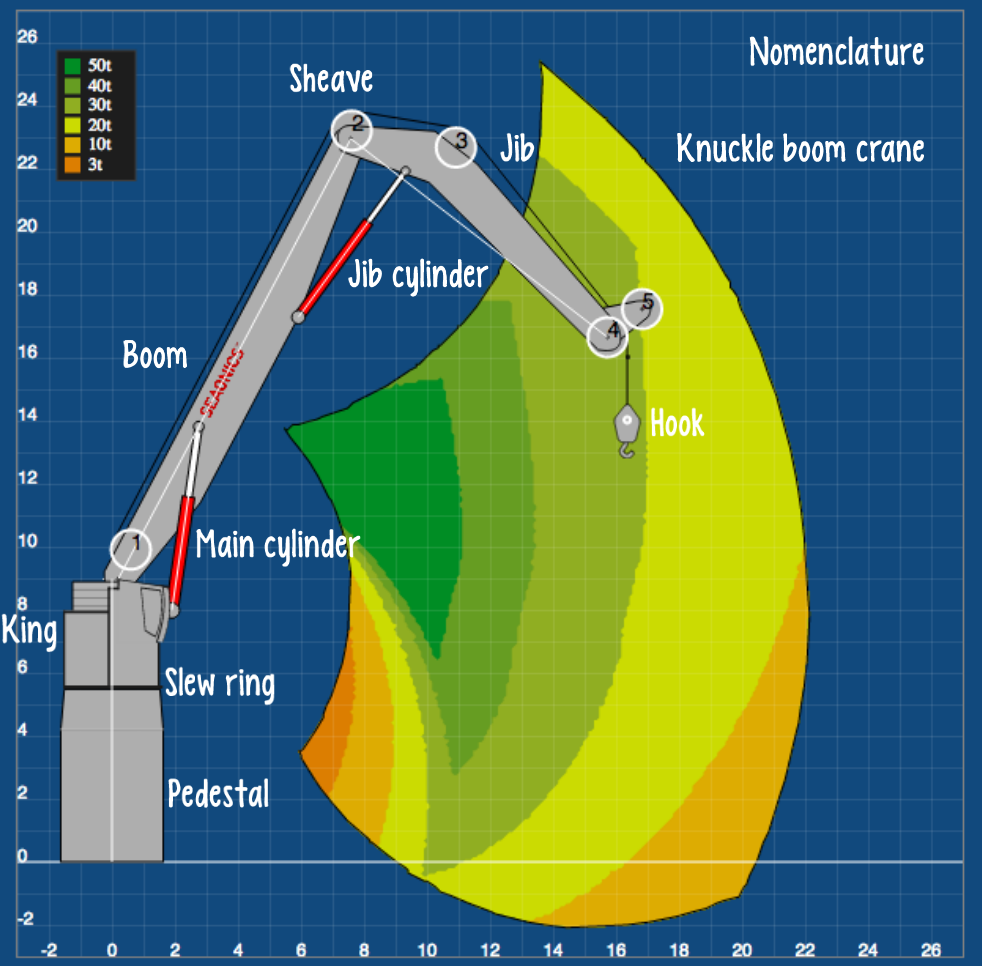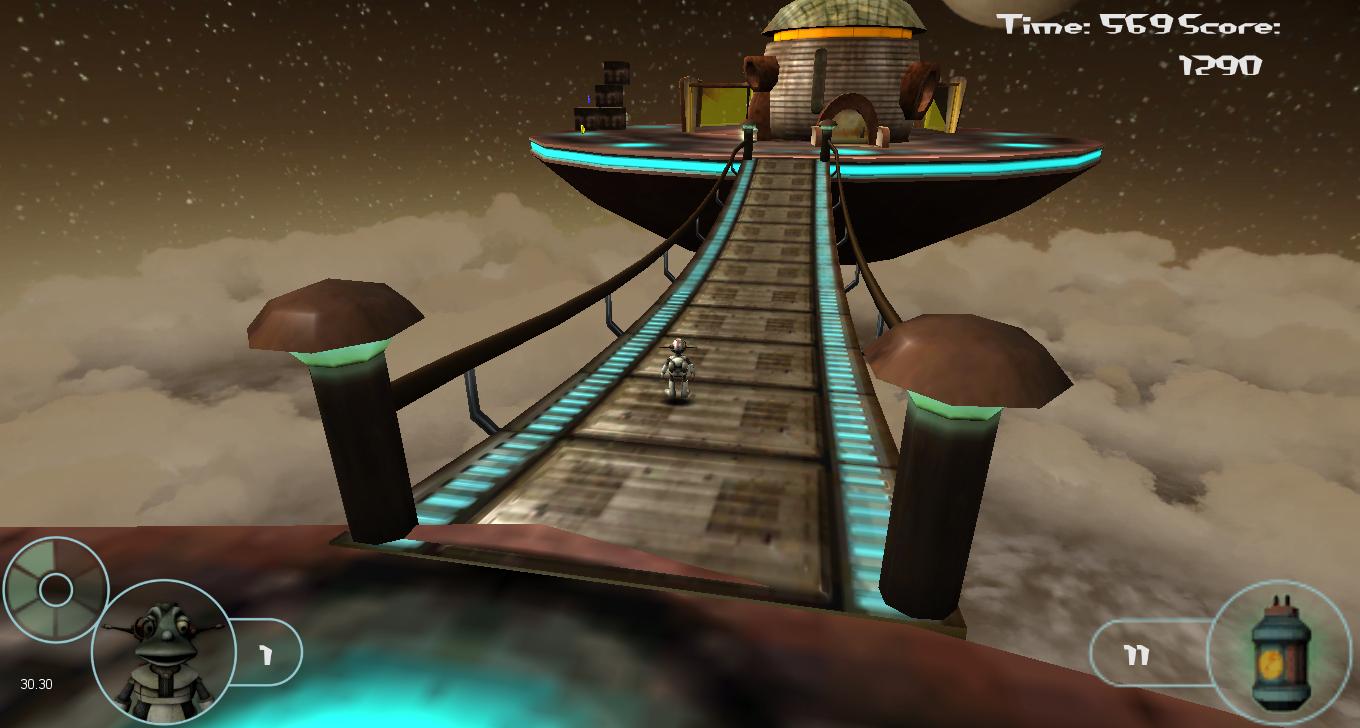SoftICE members Robin T. Bye, Ottar L. Osen, and Ibrahim A. Hameed will be presenting flaming hot research in four scientific papers to be presented at the 30th European Conference on Modelling and Simulation (ECMS) 2016 to be hold in Regensburg, Germany on 31 May — 3 June. The papers are co-authored by the three abovementioned researchers together with colleagues Hans Georg Schaathun and Birger Skogeng Pedersen (NTNU in Ålesund), Adrian Rutle (University College of Bergen), Filippo Sanfilippo (NTNU in Trondheim), and bachelor graduates Rolf-Magnus Hjørungdal (NTNU in Ålesund) and Tom Verplaetse (Ghent University).
Best paper award?
All four papers received excellent reviews by three independent reviewers, with one paper being nominated for the Best Paper Award and another paper being nominated for both Best Paper Award and Best Student Paper Award. Fingers crossed!
Intelligent computer-automated product design
Two of the papers relate to intelligent computer-automated product design, exemplified by a case study where we use methods from artificial intelligence (AI) such as genetic algorithms (GAs), particle swarm optimisation (PSO), and simulated annealing (SA) to optimise offshore crane design. Within a matter of only minutes, the algorithms are able to outperform the design of a real and delivered offshore crane with respect to some desired key performance indicators (KPIs). A human being would likelly spend days or weeks to obtain the same results.

EEG brain control (“mind control”)
The other two papers relate to EEG brain control, commonly known as “mind control,” for rehabilitation of stroke patients and for control of motorised, electrical wheelchairs.
These papers build on the work done during the bachelor thesis projects by Tom Verplaetse (Interfacing an EEG headset with a 3D simulation for rehabilitation in partially paraplegic stroke victims) and by Rolf-Magnus Hjørungdal and fellow students Fredrik Hoel Helgesen and Daniel Nedregård (Man/machine interaction through EEG).

More information
We have previously presented some details of our work in earlier blog posts:
- Seminar: A software framework for intelligent computer-automated product design
- EEG brain control for ALS and stroke patients
Presentations, abstracts, and full papers
The titles of the four papers are listed further below, with abstracts, papers, and presentations readily available for download as indicated (also available here: http://robinbye.com | Publications).
Collaboration?
Parties interested in research collaboration, testing our software, or more information are encouraged to contact us.
— SoftICE lab
List of ECMS 2016 papers and presentations
- Robin T. Bye, Ottar L. Osen, Birger Skogeng Pedersen, Ibrahim A. Hameed, and Hans Georg Schaathun. A software framework for intelligent computer-automated product design. In Proceedings of the 30th European Conference on Modelling and Simulation (ECMS’16), pp. xx–yy, 2016. Download abstract | paper | presentation.
- Ibrahim A. Hameed, Ottar L. Osen, Robin T. Bye, Birger Skogeng Pedersen, and Hans Georg Schaathun. Intelligent computer-automated crane design using an online crane prototyping tool. In Proceedings of the 30th European Conference on Modelling and Simulation (ECMS’16), pp. xx–yy, 2016. Download abstract | paper | presentation.
- Tom Verplaetse, Filippo Sanfilippo, Adrian Rutle, Ottar L. Osen, and Robin T. Bye. On Usage of EEG Brain Control for Rehabilitation of Stroke Patients. In Proceedings of the 30th European Conference on Modelling and Simulation (ECMS’16), pp. xx–yy, 2016. Download abstract | paper | presentation.
- Rolf-Magnus Hjørungdal, Filippo Sanfilippo, Ottar L. Osen, Adrian Rutle, and Robin T. Bye. A Game-based Learning Framework for Controlling Brain-Actuated Wheelchairs. In Proceedings of the 30th European Conference on Modelling and Simulation (ECMS’16), pp. xx–yy, 2016. Download abstract | paper | presentation.

